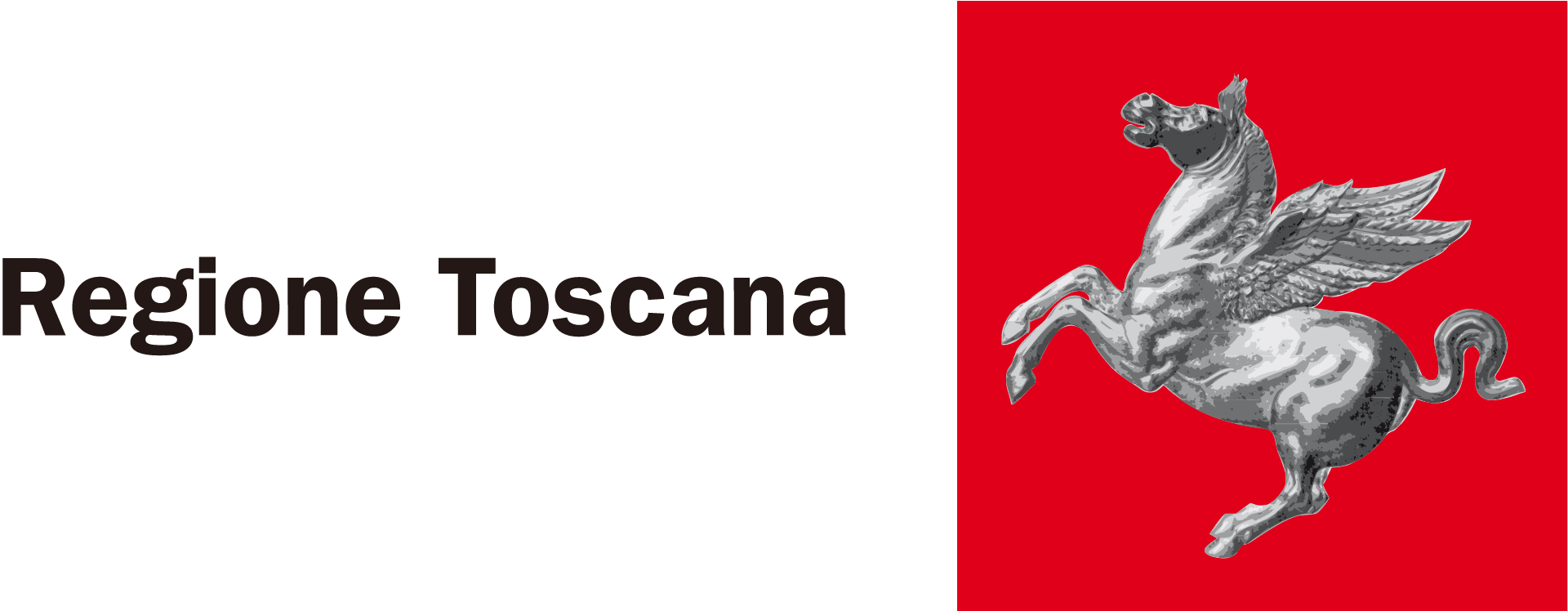Quite often public projects’ design in Italy does not ensues a dedicated feasibility study, in spite of a legislative drive aimed at implementing their appraisal. Over the last decades several manuals have been released, both in Italy and abroad, without really achieving an operational status with reference to financial viability and the economic impact assessment of the projects. This Guide and its related software have been developed having in mind public decision makers willing to rely on an handy toolkit to carry-out a pre-feasibility study of a public project. The toolkit lends itself to the appraisal of projects funded either by public budget or under a Public-Private Partnership (PPP) scheme. Relying on the standard approach found in feasibility studies manuals, the package breaks up into several connected sections such as demand analysis, financial assessment and market values conversion into economic ones by means of imputed shadow prices. Since the application was purposely developed for the Tuscany context, some basic data entering the economic analysis were uniquely calibrated to that territory. However, financial analysis modules can equally be used to assess the feasibility of projects located elsewhere in Italy. The Guide recalls the main steps required in project evaluation by presenting a practical case study. It is complemented by two monographs: the first one, endowed with a more methodological trait, describes the approach used in the economic analysis, while the second one focuses on some of the characteristics, principles and operational issues in PPPs schemes.
Autore: Giuseppe Gori, Patrizia Lattarulo, Stefano Maiolo, Francesca Petrina, Stefano Rosignoli, Piero Rubino









